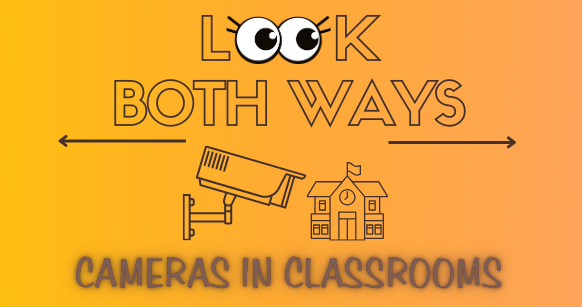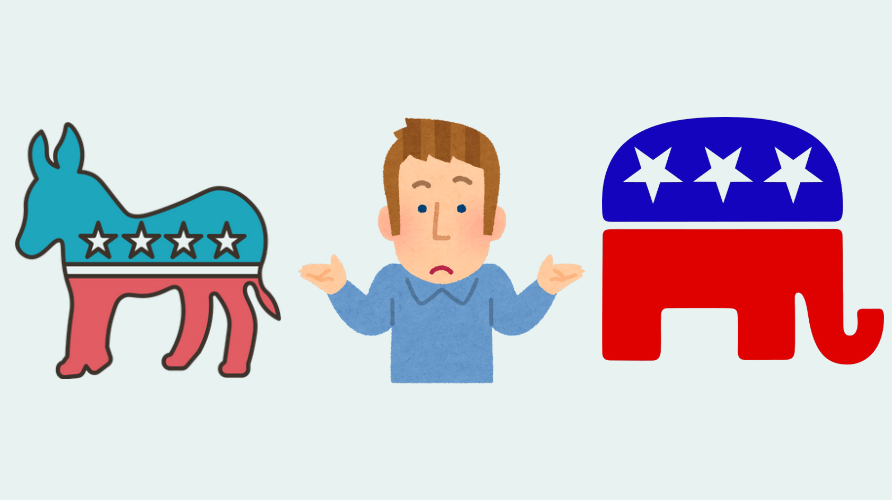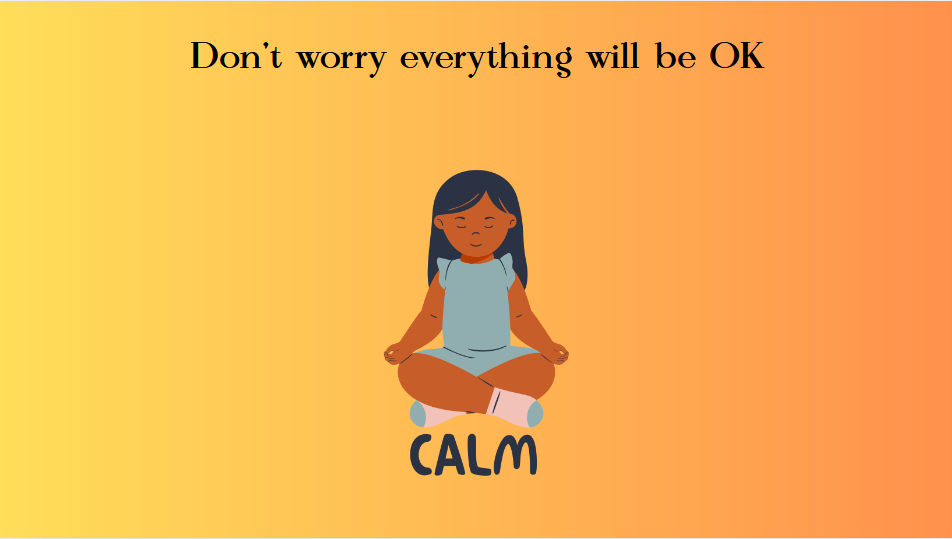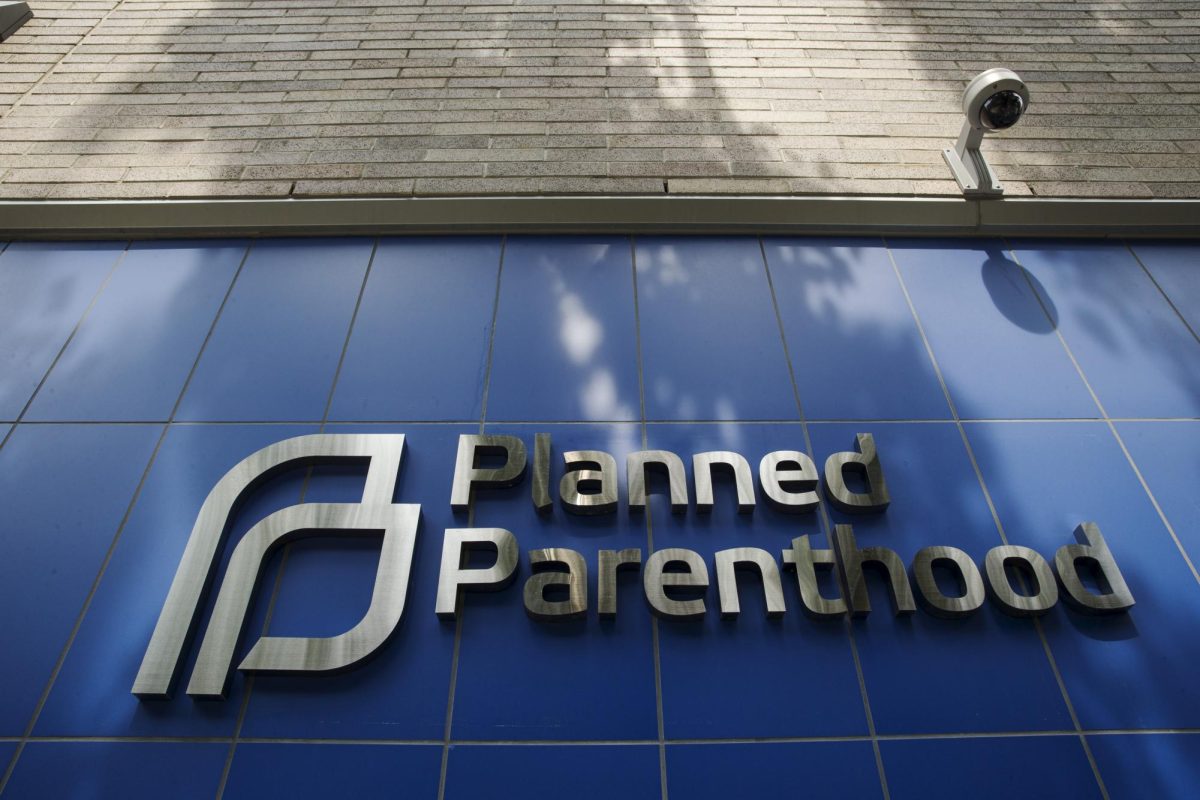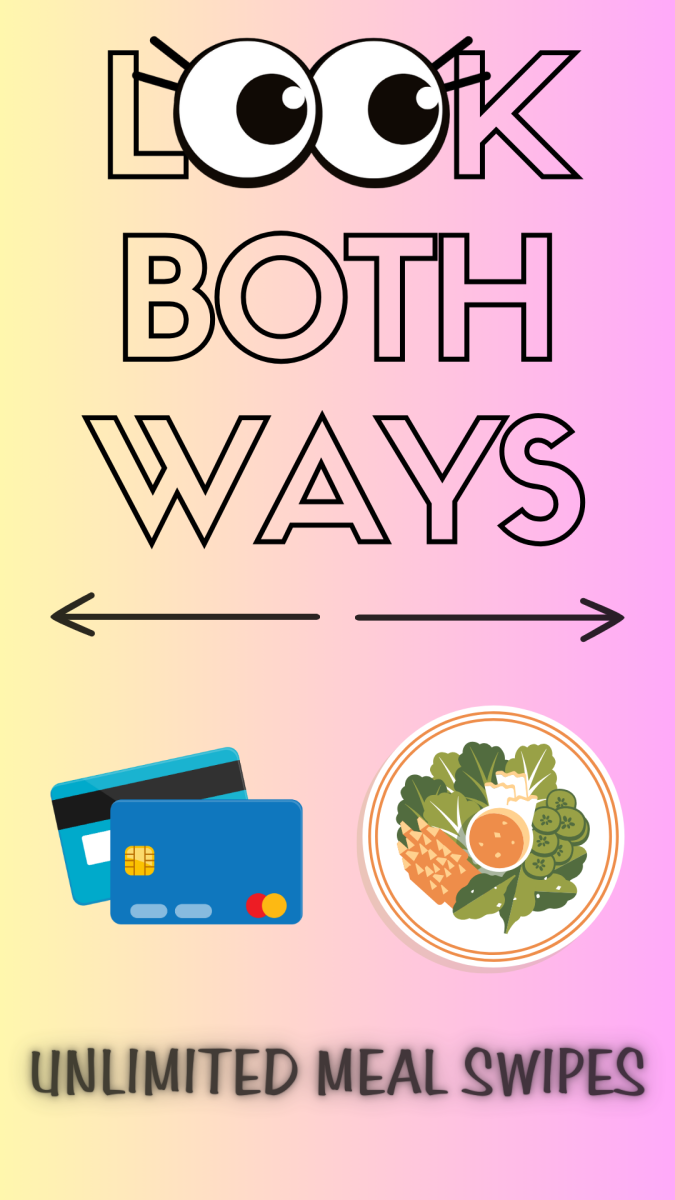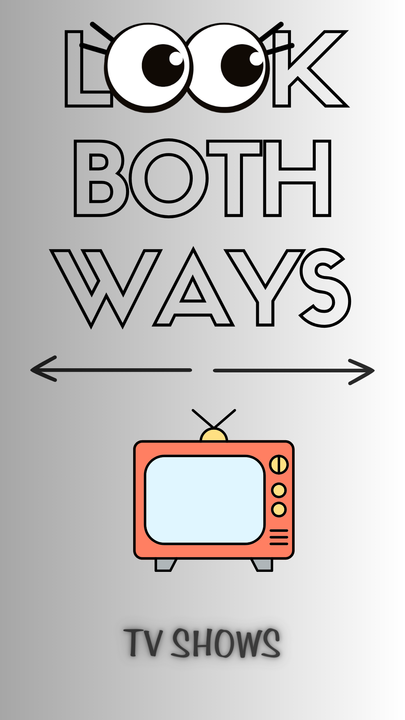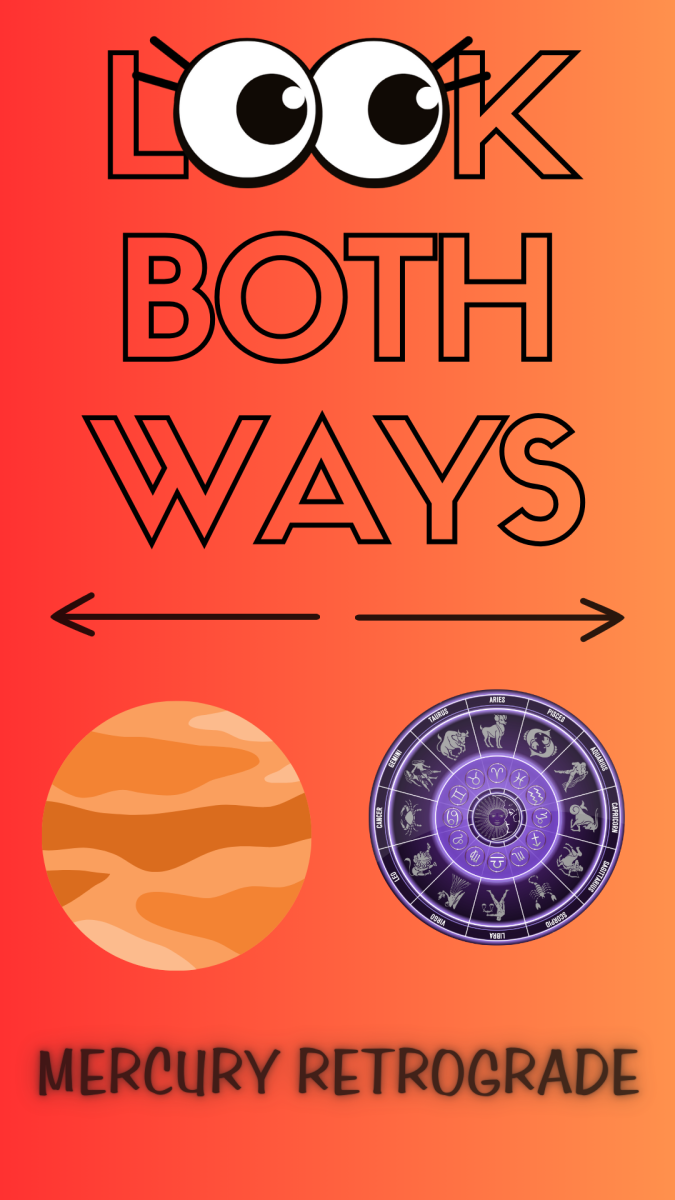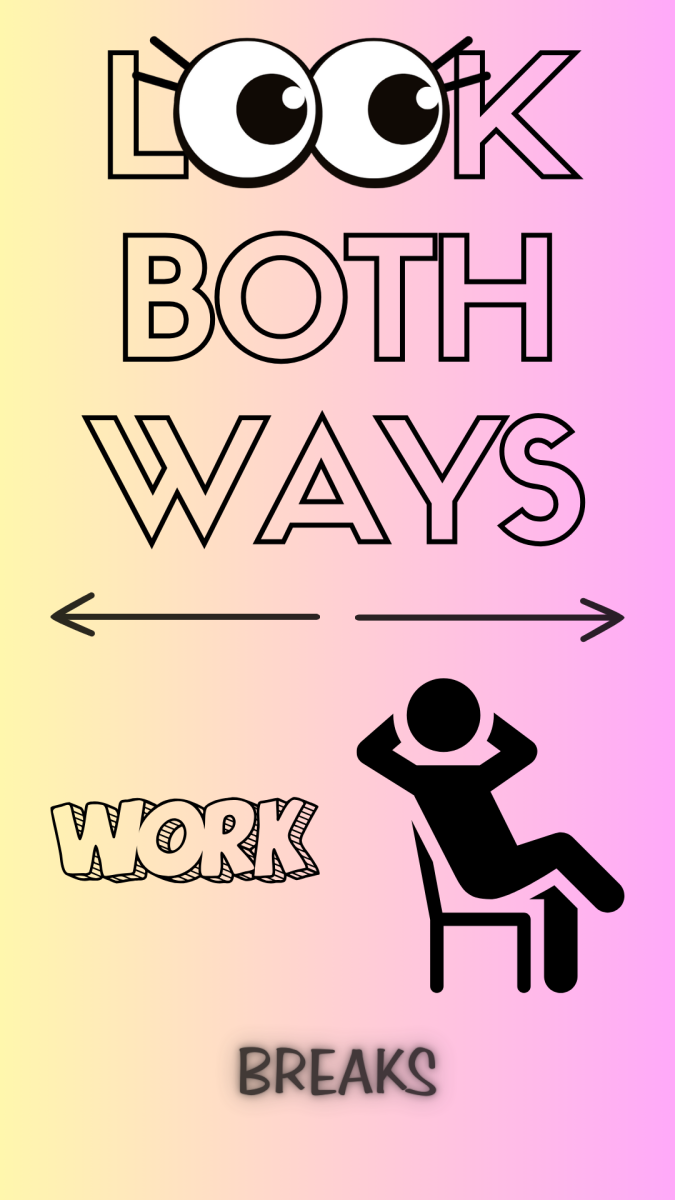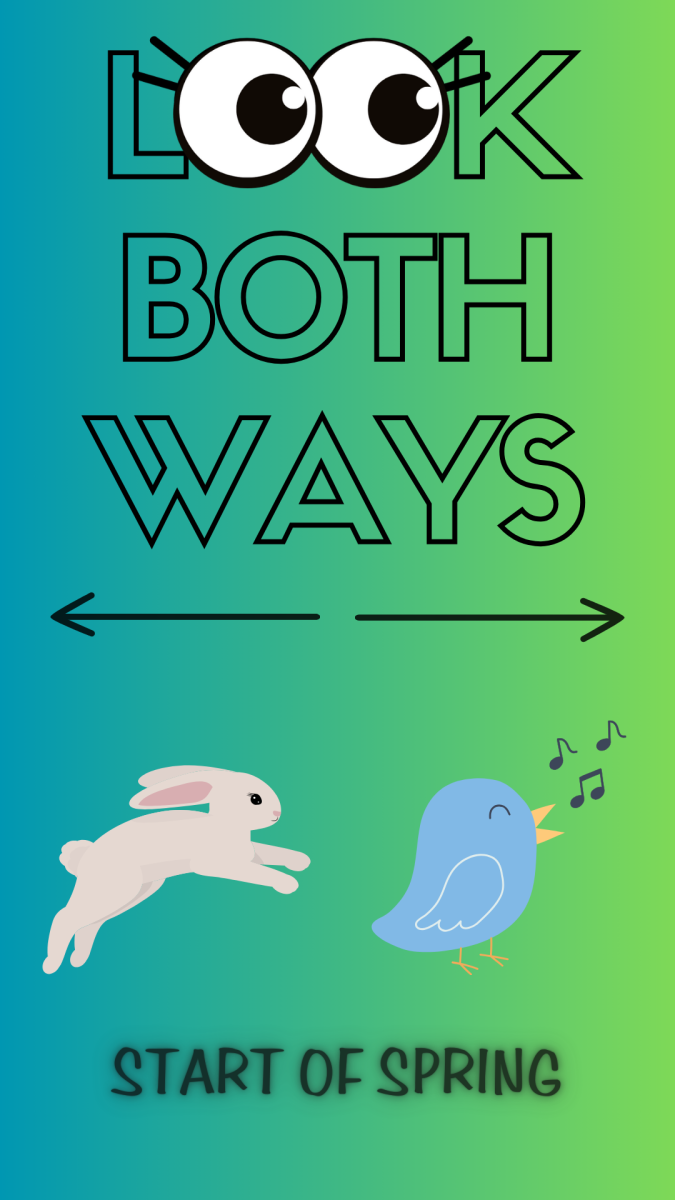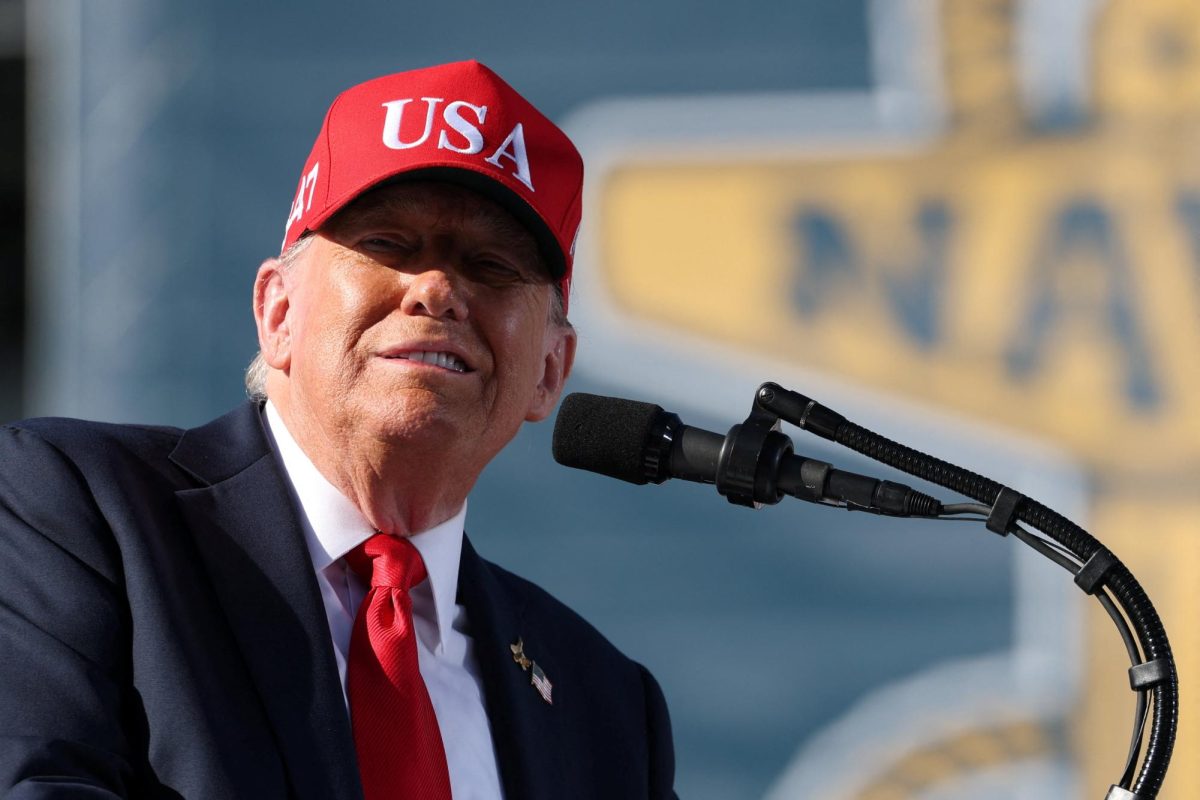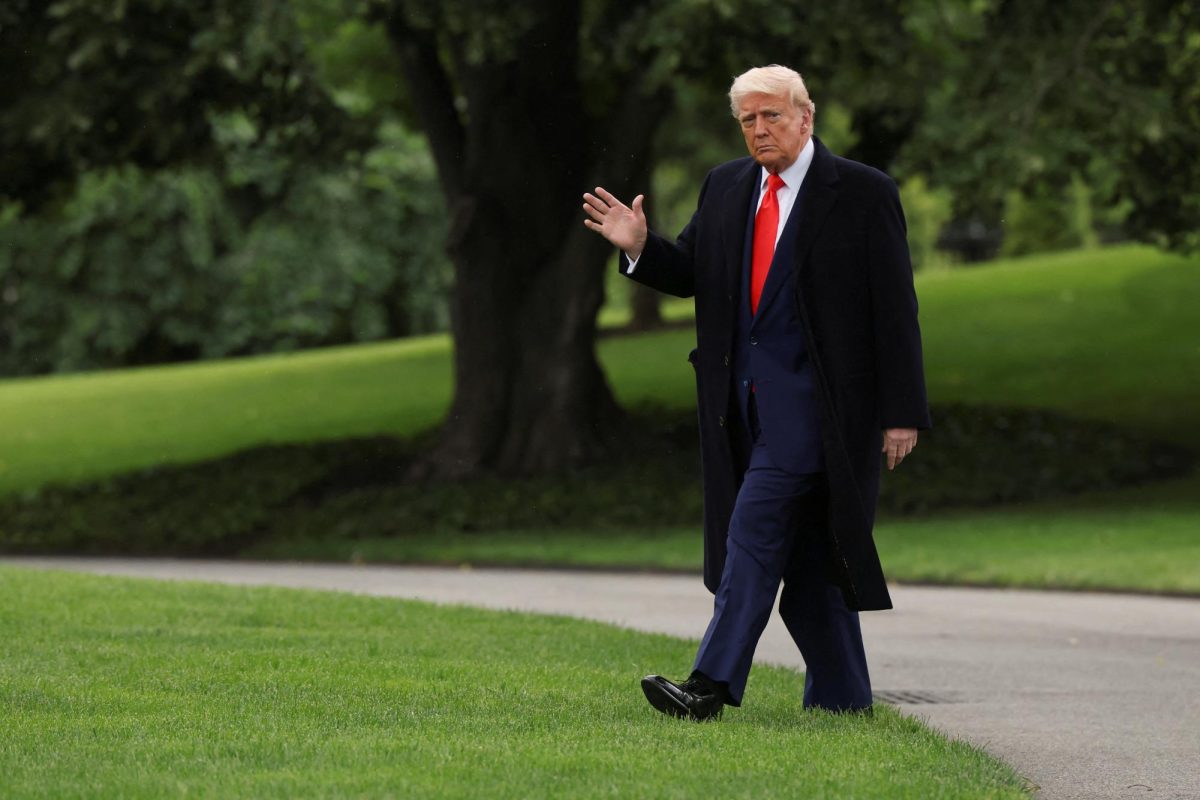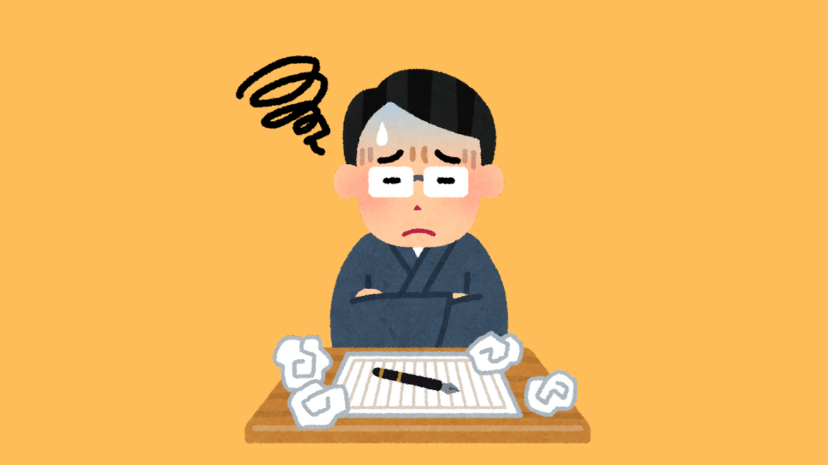CLASSROOMS SHOULD HAVE CAMERAS
By: Santiago Montañez Bertoletti
Classrooms should have cameras. It is no secret that the education system does not work as it should, and there are various flaws in both quality and student attentiveness.
In general, students drop their attention to class content after 15 to 30 minutes of being in a lecture, according to a 2016 study by the American Physiology Society. Adding cameras in classrooms would help mitigate this issue.
This action is more than simply turning on a camera in every classroom in America; it must be regulated.
Currently, there are more than 115,000 schools throughout the country, each with their respective classrooms, according to MDR Education. Clearly, classroom surveillance systems could not be available to all parents’ at all times, but they could provide an additional sense of security for families.
That means the use of video surveillance in schools should be allowed, but should be regulated.
With cameras in classrooms, parents could see what their children are doing, but only under certain conditions and with a time limit. That means that parents should not interfere in the class, like calling their child during class because they saw something through the video-surveillance they don’t like.
Camera installation would be beneficial since teachers would understand they do not have total freedom to do — or not do — everything they want in a classroom.
Cameras would also be good tools for solving disputes between students and even between some students and teachers, since mediators could analyze all the facts step-by-step in an objective way, without having to blindly trust testimonies.
School, in the end, remains a public space, as cameras normally are placed in common areas and classrooms – areas that don’t infringe students’ right of privacy, according to the National Center for Education Statistics; therefore, no privacy would be violated with the implementation of cameras. Of course, parents and students should sign consent and choose a school that doesn’t use video-surveillance if they don’t consent.
Also, in the last few years we have learned that schools aren’t a safe place anymore.
From just Jan. 1 through March 6 there were 16 shootings in schools, according to CNN. Between 2000 and 2021, there were 108 killed and 168 wounded in these events, according to the National Center for Education Statistics.
Video-surveillance could help to dissuade shooters, creating incentive against entering a classroom because of the higher chance of being recognized.
Video-surveillance on live events could help security forces to manage emergencies in real time, because of the additional visual info that cameras provide. If well managed, cameras in classrooms could help to prevent some of these kinds of events and protect future generations.
CLASSROOMS SHOULDN’T HAVE CAMERAS
By: Alberto Briones, Opinion Columnist
There is a lot of disagreement about whether cameras should be allowed in schools so parents can keep an eye on their kids. Supporters say this kind of tracking can make schools safer, but it could hurt students’ privacy, trust and usefulness of education.
Putting up cameras could invade the privacy of both students and teachers, which could make people feel uncomfortable and hurt the trust needed for learning to work well. Constant monitoring could also make it harder for teachers and students to build good relationships.
In 2014, 16 video cameras were delivered to the Washington County School District in Tennessee, as part of a pilot program to record classroom interactions and determine teacher effectiveness. The project was suspended indefinitely due to lack of transparency, as school personnel and parents were not notified when district authorities gave their approval to the proposal, according to the National Education Association.
Even though constant tracking is said to make things safer, it’s still not clear how well it works. An important part of accurately monitoring education is being physically present in a classroom. The engagement and interaction between teachers and students will not be captured through cameras.
The California Teachers Association emphasized many educators see livestreams and video recordings as violations of their professional autonomy. The association cited a 1976 state law prohibiting classroom recordings not authorized by the teacher, highlighting concerns about pandemic-related closures, according to Education Next.
Even though safety is important, parents can still find other ways to find out about their kids’ schooling. Teachers and parents can learn a lot from each other without putting privacy or trust at risk by communicating regularly, holding parent-teacher conferences and giving parents access to educational materials.
There has been a steady increase in the usage of specific security measures in public schools. The percentage of public schools that reported using security cameras rose from 61% to 91% between 2009–2010 and 2019–2020. Additionally, the percentage of schools that required staff and faculty to wear badges or picture IDs rose from 63% to 77%.
These measures were primarily aimed at enhancing safety and security within the schools, according to the National Center for Education Statistics.
While the increased use of security cameras on school premises is great for safer environments, they should not extend beyond open spaces, such as to classrooms, bathrooms and locker rooms. The use of cameras should be to give everyone a piece of mind, not create mistrust and apprehension among students and faculty.
As technology keeps getting better, it’s important to be careful when thinking about classroom monitoring. Put the students’ safety and educational needs first, and respect their privacy and independence.


